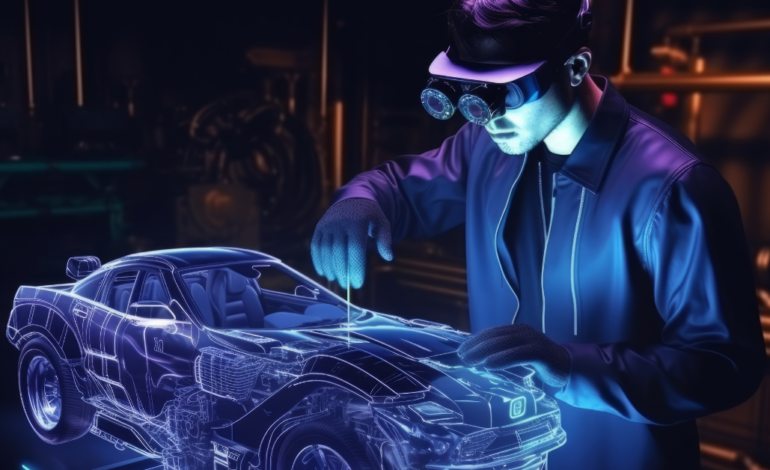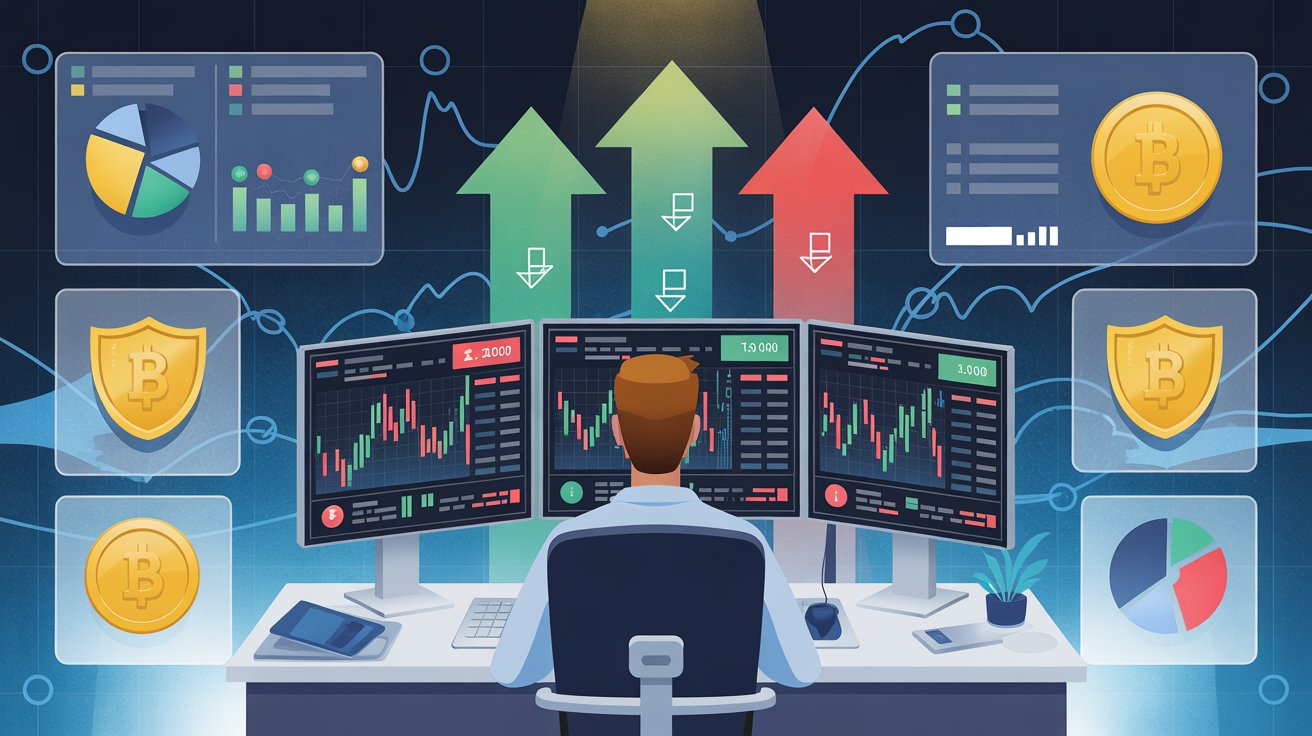The Latest Advancements in Vehicle Inspection Technology

In today’s ever-changing world, security measures have become increasingly important to ensure the safety of individuals and communities. One area that has seen significant advancements in recent years is vehicle inspection technology. From border crossings to sporting events, the need for efficient and thorough vehicle inspections has never been greater. In response to this need, innovative companies and researchers have been working tirelessly to revolutionize security measures through cutting-edge technology.
Enhanced Imaging Systems
One of the key advancements in vehicle inspection technology is the development of enhanced imaging systems. These systems utilize a variety of sensors and cameras to create detailed, 3D images of vehicles and their contents. This technology allows security personnel to identify potential threats such as hidden weapons or contraband more easily and quickly than ever before.
One example of these enhanced imaging systems is the use of millimeter wave technology. This technology uses radio waves to create highly detailed images of a vehicle’s interior, allowing security personnel to identify even the smallest of threats. In addition, some systems are equipped with artificial intelligence algorithms that can automatically detect suspicious items, further enhancing the efficiency of vehicle inspections.
Another key advancement in vehicle inspection technology is the integration of advanced analytics software. This software can analyze the images produced by enhanced imaging systems in real-time, flagging potential threats and alerting security personnel to take further action. By automating the analysis process, these systems can significantly reduce the time and manpower required for vehicle inspections, making them more efficient and effective.
Automated Inspection Processes
In addition to enhanced imaging systems, another major advancement in vehicle inspection technology is the development of automated inspection processes. These processes utilize robotics and artificial intelligence to conduct thorough inspections of vehicles without the need for human intervention. This not only increases the speed and efficiency of inspections but also reduces the risk to security personnel.
One example of automated inspection processes is the use of a vehicle scanner. These scanners use a combination of sensors and cameras to create detailed images of a vehicle’s exterior and interior. Security personnel can then review these images remotely, allowing them to identify potential threats without having to physically inspect the vehicle.
Furthermore, some vehicle scanners are equipped with automated threat detection algorithms that can flag suspicious items in real-time. This technology can significantly reduce the time required for inspections and enhance the overall security of the process.
Improved Detection Capabilities
Another key advancement in vehicle inspection technology is the improvement of detection capabilities. Traditional metal detectors and X-ray machines have limitations in detecting certain types of threats, such as explosives or chemical weapons. In response to this, researchers have developed new sensors and technologies that are more effective in identifying these types of threats.
One example of improved detection capabilities is the use of trace detection technology. This technology uses specialized sensors to detect trace amounts of explosives, narcotics, and other substances on vehicles and their occupants. By analyzing these traces, security personnel can identify potential threats that may not be visible through traditional inspection methods.
Furthermore, researchers have been working on the development of sensors that can detect chemical, biological, and radiological threats. These sensors are capable of identifying a wide range of hazardous materials, providing security personnel with a comprehensive understanding of the threats present in a vehicle.
Integration of Artificial Intelligence
The integration of artificial intelligence (AI) has been a game-changer in the field of vehicle inspection technology. AI algorithms can analyze vast amounts of data in real-time, allowing security personnel to quickly identify potential threats and take appropriate action. By leveraging AI, vehicle inspection technology has become more efficient, accurate, and reliable than ever before.
One example of AI integration is the use of machine learning algorithms to train systems to recognize patterns associated with specific threats. By analyzing large datasets of images and sensor data, these algorithms can learn to identify suspicious items and alert security personnel to their presence. This technology significantly enhances the effectiveness of vehicle inspections, making them more thorough and reliable.
Furthermore, AI algorithms can be used to automate the decision-making process during vehicle inspections. By setting predefined rules and thresholds, these algorithms can quickly determine whether a vehicle poses a threat and trigger appropriate responses. This automation not only reduces the burden on security personnel but also improves the overall efficiency of the inspection process.
The Future of Vehicle Inspection Technology
As technology continues to advance, the future of vehicle inspection technology looks promising. Researchers and companies are constantly pushing the boundaries of what is possible, developing new sensors, imaging systems, and AI algorithms to enhance security measures. With ongoing research and development, vehicle inspection technology is poised to revolutionize security measures in the years to come.
One area of particular interest is the development of mobile vehicle inspection systems. These systems are designed to be deployed in a variety of environments. Allowing security personnel to perform inspections quickly and efficiently wherever they are needed. By utilizing advanced sensors and imaging technologies, these mobile systems can provide comprehensive security measures in a compact and portable package.
Another exciting development in vehicle inspection technology is the integration of blockchain technology. By leveraging blockchain, security personnel can securely store and share inspection data, ensuring the integrity and confidentiality of sensitive information. This technology can enhance collaboration between different agencies and improve the overall security of vehicle inspections.
The latest advancements in vehicle inspection technology are revolutionizing security measures around the world. Enhanced imaging systems, automated inspection processes, improved detection capabilities, and the integration of artificial intelligence are just a few examples of the cutting-edge technologies. That are transforming the way vehicle inspections are conducted. With ongoing research and development, the future of vehicle inspection technology looks brighter than ever. Promising to enhance security measures and keep communities safe.








